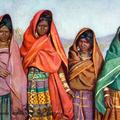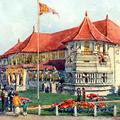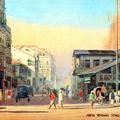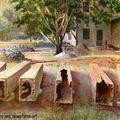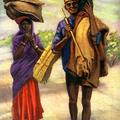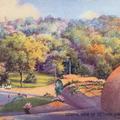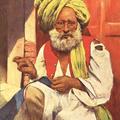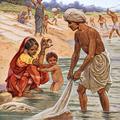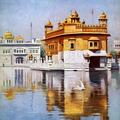A Group of Lambanis
[Original caption] These folk are gypsies inhabiting the great Deccan of India. Their dress is decorated with shells, their arms are generally adorned with a large number of bracelets made of the bones of deer. [end]
The Banjara people, also

